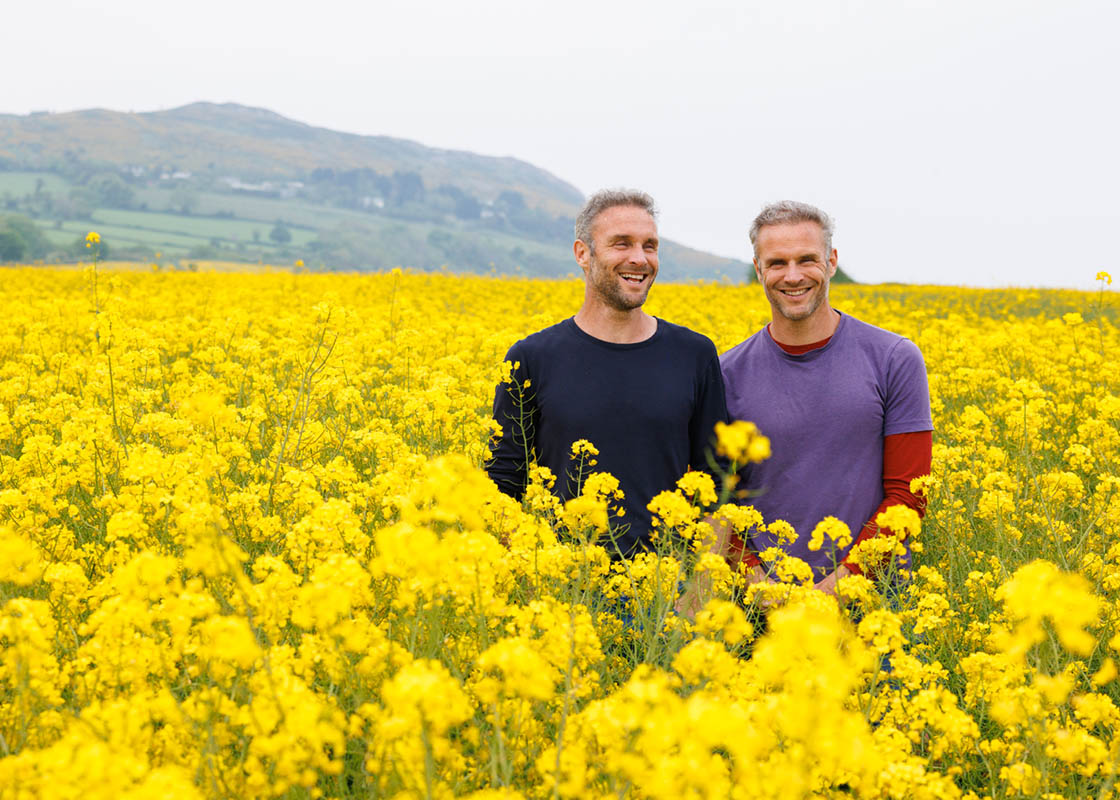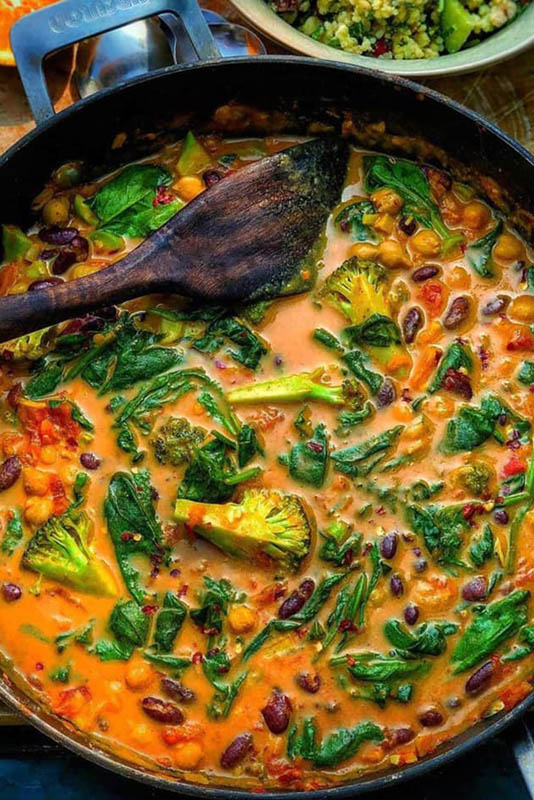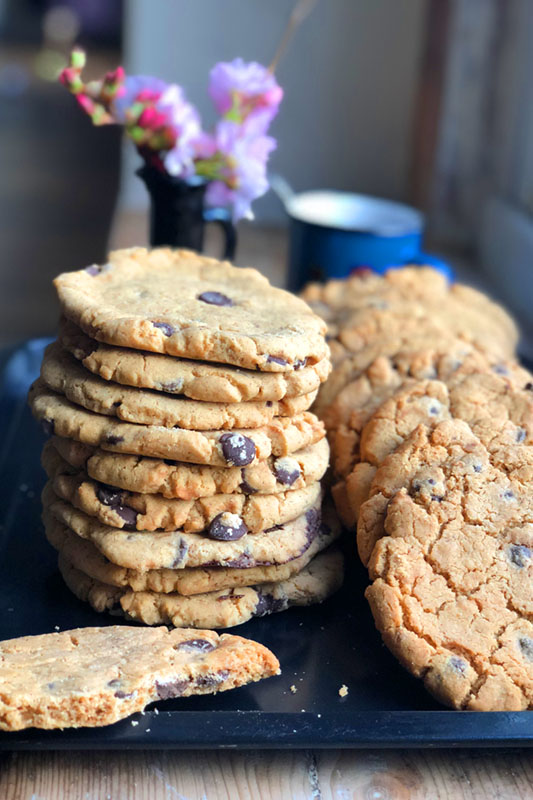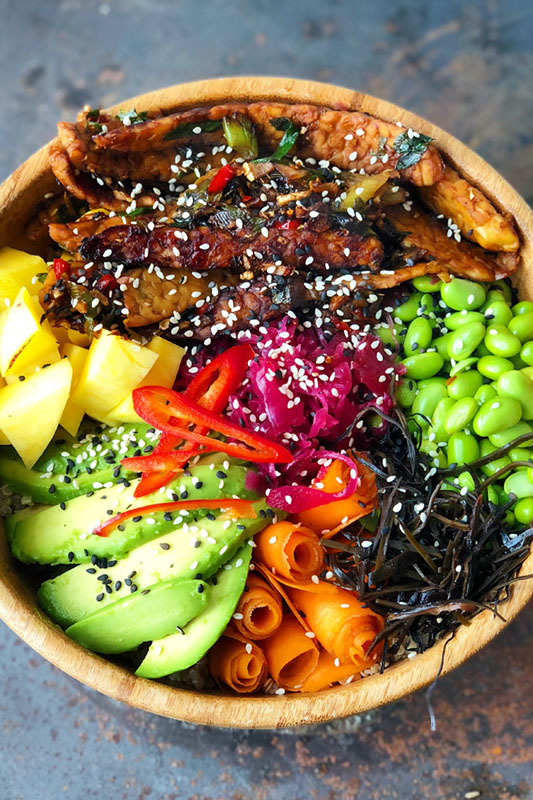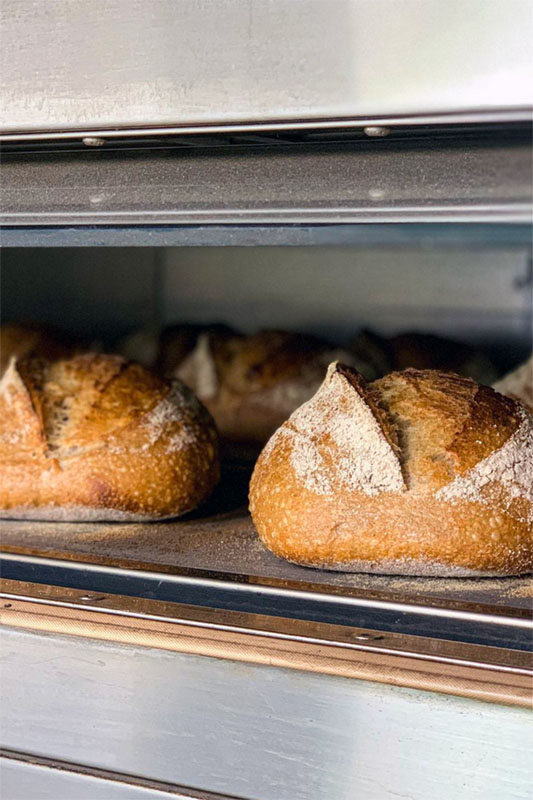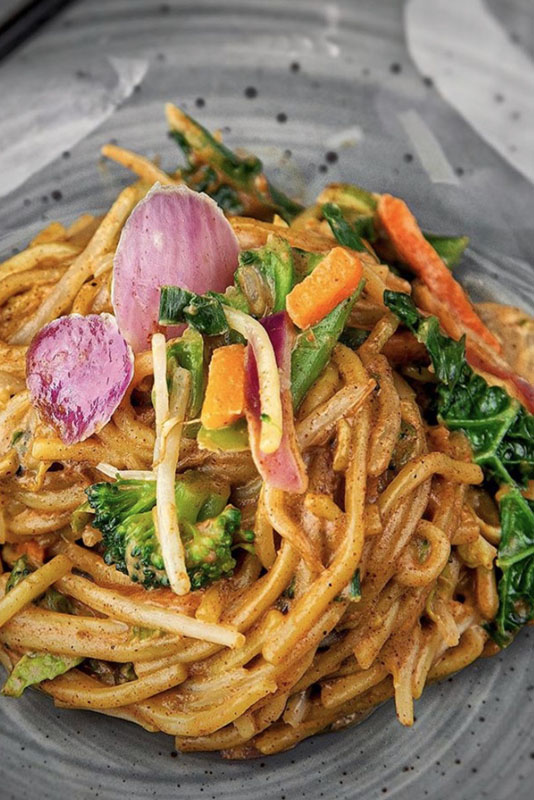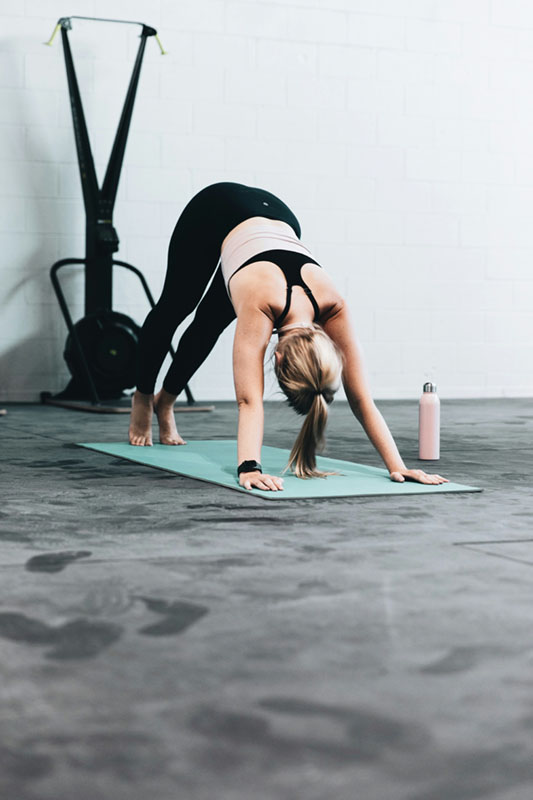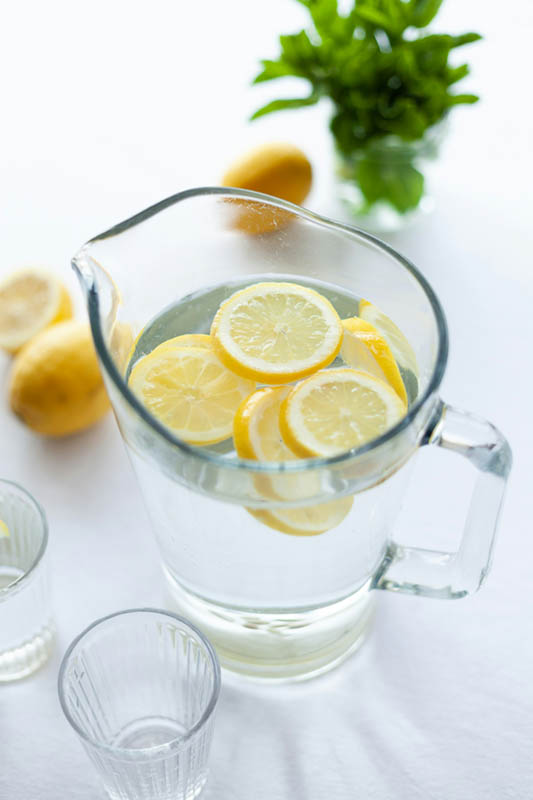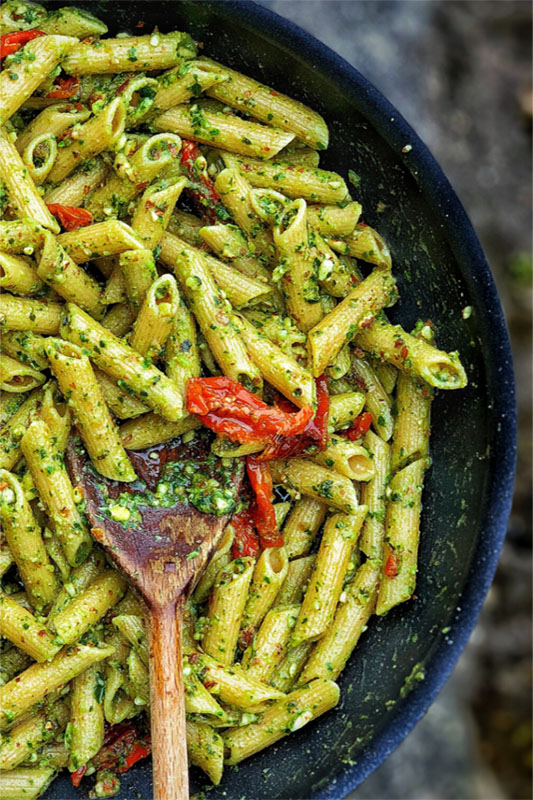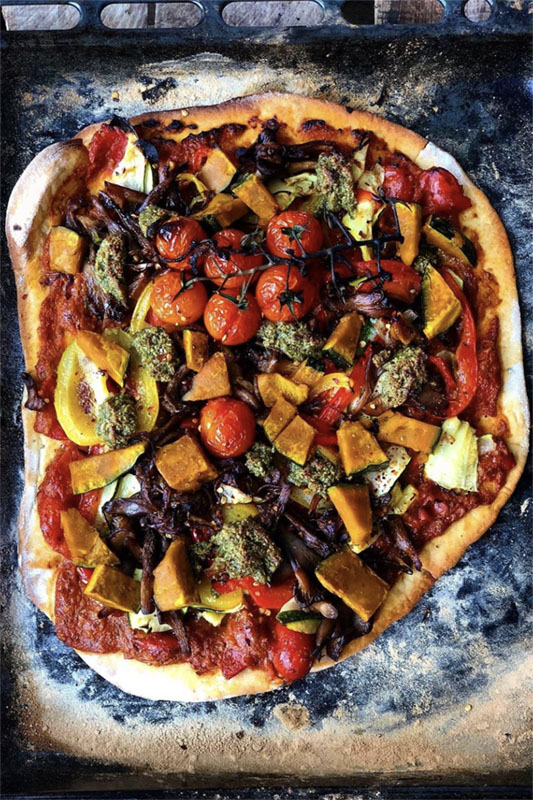Sample Lesson: Plant-Based Cooking Course – Pasta Basics
Pasta is a staple in Italian food and is a much-loved food all around the world. The first reference to pasta dates back to the 12th century, on the Italian Island of Sicily.
Pasta is typically made from an unleavened dough of wheat flour (normally durum wheat) mixed with water and sometimes eggs and formed into various shapes, then cooked by boiling or baking.
In recent times, pasta is now being made with many other ingredients, such as black beans, rice flour, red lentils and other legumes, to make it gluten-free and high in protein.
We didn’t taste pasta until we were about 10 and we remember wondering what this strange food was! Of course, pasta is now so ubiquitous, widely available and an everyday food!
Types of pasta
There are approximately 310 specific forms of pasta in various shapes and sizes, with almost 1300 different names depending on the area in which they are consumed. Some of the more common forms of pasta include long and short shapes, tubes, flat shapes, sheets, miniature shapes for soup, those filled and stuffed and, lastly, decorative shapes
In Italy, pasta is served in 3 types of prepared dishes:
- pasta asciutta – cooked pasta served with a sauce or condiment
- pasta in brodo – pasta served as part of a soup-style dish or broth
- pasta al forno – pasta incorporated into a sauce or dish and baked in the oven.
In terms of nutrition, plain white pasta is generally made up of 31% carbohydrates / starch, 6% protein and is low in fat.
Pasta may also be enriched, which means that more vitamins and nutrients are added to it, or it can be made from wholegrain flour. Our preference, in terms of health, is to use wholemeal pasta or brown pasta, where available.
Wholemeal will be higher in fibre, so the sugars in the starch will be more slowly released into your bloodstream and deliver a more steady release of sugar. They will also fill you up more, as they are higher in fibre and have more nutrition when compared to white pasta. They won’t taste as indulgent or pleasurable as white pasta, but when served with a good sauce, most people won’t notice.
Pasta Shapes
The most common pasta shapes in our vegan world are:
Spaghetti – long and straight noodles. Also widely available in wholemeal varieties.
Linguine – a thinner, longer spaghetti. The extra surface area, when compared to spaghetti, makes lighter sauces stick better to it.
Tagliatelle – a flat, long spaghetti, normally dried in nests. It is often said that the best sauce for tagliatelle is Bolognese.
Penne – a small tube-like pasta with pointed ends, as they are cut at an angle. A very versatile pasta that holds its shape well in virtually all dishes. Widely available in wholemeal varieties.
Fusilli – thick, spiral-shaped, bite-sized pasta shapes. It is often suggested to serve this pasta with pesto, as it absorbs liquids and sauces easily.
Lasagne – the flat sheet that we tend to bake with a tomato sauce and top with a béchamel sauce.
Cannelloni – large pasta tubes that are filled and baked in a sauce.
Macaroni – famously served in a cheese sauce, these are small “elbow”-shaped pasta.
Farfalle – which means butterflies, aka bow-tie pastas. They hold sauces well and you can pair farfalle with a creamy or tomato sauce. They also go great in pasta salads.
Gluten-free pasta
Brown rice pasta – it cooks very easily, doesn’t really stick together and tastes great.
Legume-based pastas, such as red lentil pasta and black bean pasta, are generally higher in protein and do have a slight bean or legume-like flavour. They make a nice change but when compared to conventional pasta, they can taste a little strange.
Buckwheat pasta – we have found that this pasta tends to stick together. It has a really earthy taste.
The basics for boiling pasta
Often seen as a simple task, it’s not if you know how! There are many myths and confusions about how to cook pasta. Having spent lots of time with his Italian friend, Pietro, in Rome, Steve has learned how to cook pasta Italian-style.
Here’s How:
Often, the ratio of pasta to water in Italian cookbooks is 1:10 so if you’re cooking 100g of pasta, you should cook it in 1 L of water.
- First, fill and boil the kettle and if you don’t have a kettle, fill a pot and boil the water.
- Choose a pot that is big enough to fit all the pasta you are cooking so that it will have enough room and not stick together. A simple rule of thumb is that the pot should be 2–3 times the size of the volume of pasta you are cooking.
- Next, add salt to the water. Ideally, the water should have the same salinity as seawater; this might sound like a crazy amount of salt but most of the salt will end up being washed down the drain but lots of it will season the pasta. It will also give more buoyancy to the water so the pasta is less likely to stick together.
- Don’t add oil to the pasta! The oil will simply coat the pasta as you drain it, form a layer between the pasta and the sauce and make the sauce less likely to stick to the pasta. The pasta itself is largely starch, so it will want to stick to most sauces but if there is oil on the surface of the pasta, this will act as a lubricant, making the sauce more likely to slide off the pasta.
- Cook the pasta how you like it. In Italy, pasta is always cooked “al dente”, which means “to the bite”. Meaning that it is always slightly undercooked and has a little bite to it. When you bite into the pasta, there should be a tiny, firm bit in the cross section. If the pasta requires 8 minutes to cook, cook for 7, taste and then drain and cool to stop it from cooking more.
If you are familiar with Italian cooking, it can be very rule-oriented in its approach to food, often seen as quite rigid in what goes with what and what doesn’t go with what. As this is a plant-based course and we tend to be a little rebellious in nature, please excuse our deviations from some of the Italian rules. If we are insulting your Italian Nonna’s famous recipes, it is not intentional. We need to bring flavours from different areas!
